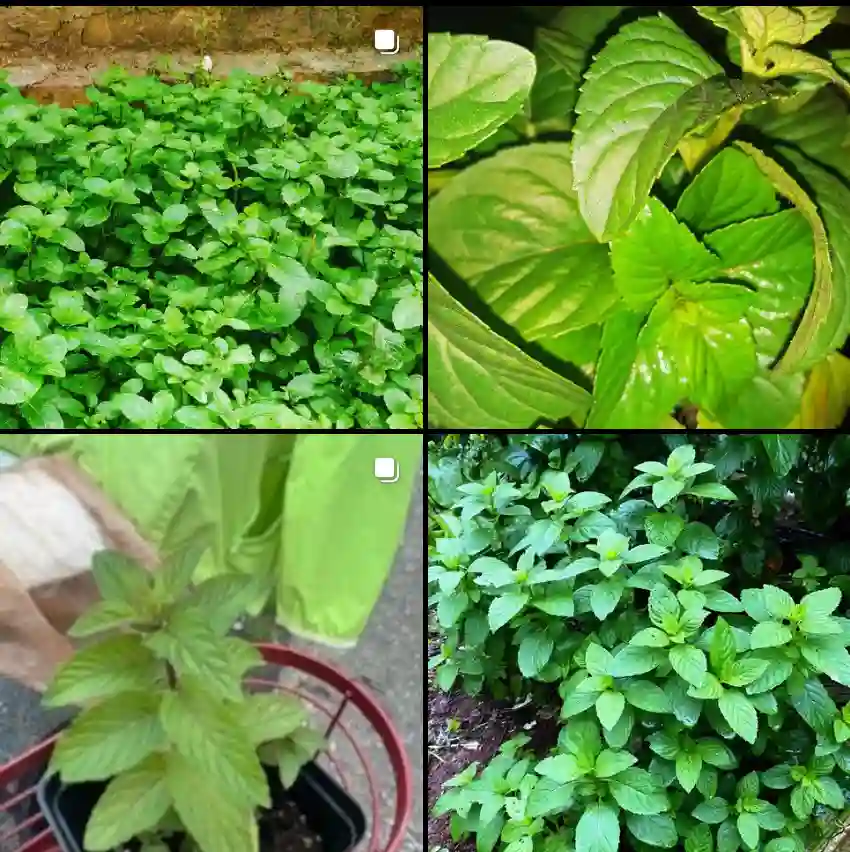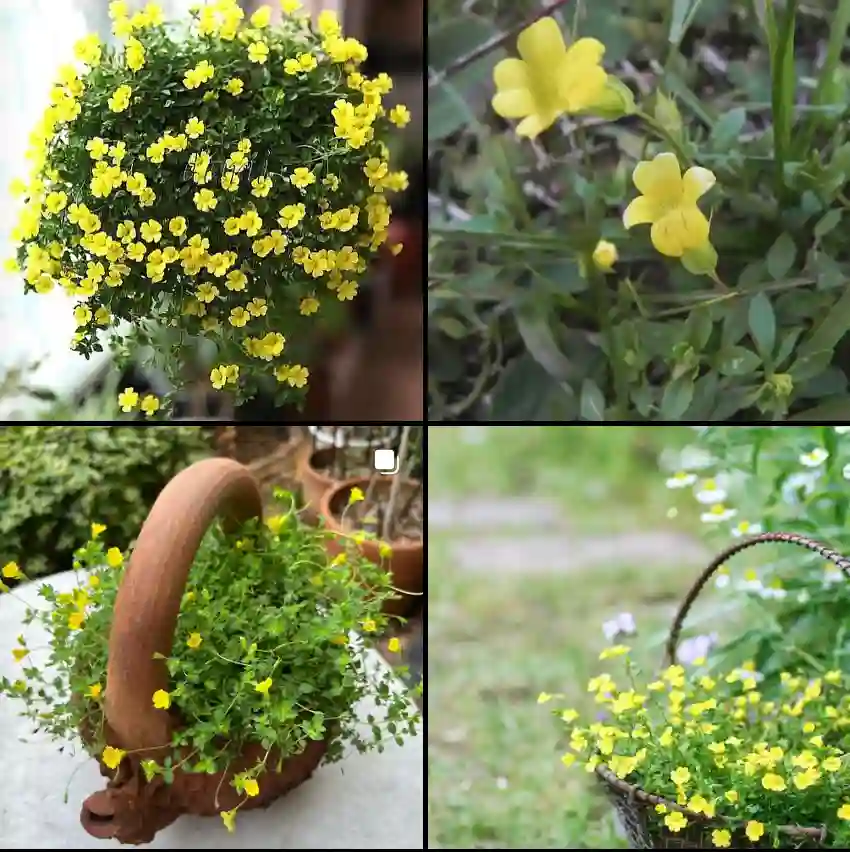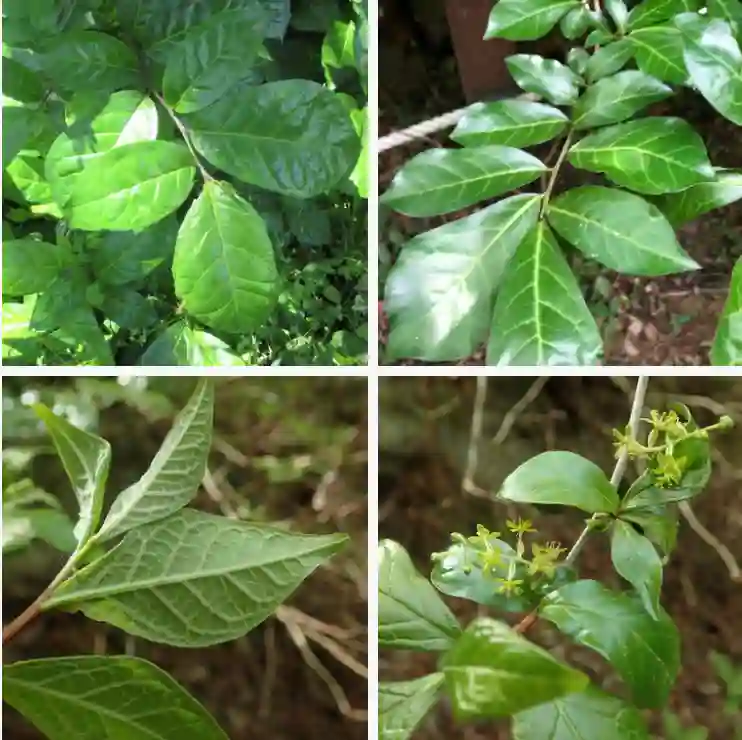My Love Affair with Dietes: An Iris with a Wild Heart
I, Ferb Vu, have always been drawn to the subtle beauty of the Dietes genus. These plants, often overlooked in favor of their showier iris cousins, possess a quiet elegance that speaks to my soul. With their sword-like leaves and delicate, fleeting blooms, they bring a touch of the wild to any garden. I find myself captivated by their resilience, their ability to thrive in diverse conditions, and the way their flowers seem to dance in the breeze.
A Diverse Family with African Roots
The Dietes genus, belonging to the Iridaceae family, is a small but diverse group of rhizomatous plants. While most species hail from the southern regions of Africa, one adventurous member, Dietes robinsoniana, calls the remote Lord Howe Island off the coast of Australia its home. This geographical spread speaks volumes about the adaptability of these fascinating plants.
- Dietes bicolor – Also known as the Yellow Wild Iris, Dietes bicolor has soft yellow flowers adorned with distinctive brown or maroon spots near the center, giving it a striking, tiger-like appearance. Originating from South Africa, this species is a hardy, drought-tolerant plant well-suited for low-maintenance landscaping, particularly in warm, sunny areas. Its clumping, sword-like foliage adds a textured, ornamental appeal to gardens, while its blooms appear in flushes throughout the growing season, bringing vibrant color to beds and borders. Plant FAQs: Dietes Bicolor – African Iris
- Dietes butcheriana – Known as the Forest Iris, Dietes butcheriana is native to the forests of Eastern Cape in South Africa and has a more delicate structure compared to other Dietes species. Its white flowers, adorned with yellow and violet markings, have a unique, graceful form that adds elegance to shaded garden spaces. This species is adapted to grow under trees or in partly shaded areas, making it a great choice for woodland-style or filtered-light gardens.
- Dietes flavida – A lesser-known species, Dietes flavida produces soft, pale-yellow blooms with subtle markings that enhance its soft aesthetic. Native to eastern regions of South Africa, it’s a resilient plant that can tolerate both heat and mild frost, though it thrives best in warmer climates. Its elegant, long leaves form dense clumps, making it ideal as a low-maintenance ground cover or as an accent plant for adding visual interest without overwhelming a landscape.
- Dietes grandiflora – Commonly called the African Iris or Fairy Iris, Dietes grandiflora is celebrated for its large, showy white flowers with yellow and blue markings, which bloom prolifically in warmer months. Native to South Africa, this species is especially popular for landscaping due to its resilience to drought, ease of growth, and its attractive clumping form. It can tolerate full sun to partial shade, and its blooms are long-lasting, giving it a substantial ornamental value in sunny gardens. Plant FAQs: Dietes Grandiflora – Fortnight Lily
- Dietes iridioides – Known as the Fortnight Lily, Dietes iridioides produces striking white flowers with blue and yellow accents that open in clusters every two weeks or so, hence its common name. This species originates from southeastern Africa and thrives in various conditions, including coastal areas. Its evergreen, arching leaves create dense, attractive clumps that work well for mass planting or as border plants, while its regular flowering provides consistent visual interest throughout the growing season.
- Dietes robinsoniana – Often called the Lord Howe Island Wedding Lily, Dietes robinsoniana is endemic to Australia’s Lord Howe Island and has a unique tropical appearance with larger, lush white blooms and occasional yellow markings. This species has a slightly different habit compared to other Dietes, as it grows taller and has a more sprawling form. Its preference for a mild, humid climate and lush foliage make it a choice selection for subtropical gardens, where it adds a dramatic, lush effect.
More Than Just a Pretty Face
What I admire most about Dietes is their resilience. They thrive in a variety of conditions, from full sun to partial shade, and are remarkably drought-tolerant. This makes them ideal for gardeners of all skill levels, including those of us who may not have the greenest thumbs.
But their hardiness doesn’t detract from their beauty. The flowers, though short-lived, are a sight to behold. They emerge in flushes, creating a continuous display of delicate blooms throughout the growing season. Each flower, with its intricate markings and delicate structure, is a testament to the artistry of nature.
A Gardener’s Delight
In my own garden, Dietes plays a starring role. I’ve planted them along borders, in mass plantings, and even in containers. Their versatility knows no bounds. They require minimal care, asking only for occasional watering and the removal of spent flower stalks. In return, they reward me with their graceful presence and a constant stream of exquisite blooms.
I encourage every gardener, novice or expert, to experience the joy of cultivating Dietes. These understated beauties bring a touch of the wild and a sense of tranquility to any space. Their resilience, adaptability, and understated elegance make them a true treasure in the plant world. And for me, Ferb Vu, they are a constant source of inspiration and delight.
If i die, water my plants!



